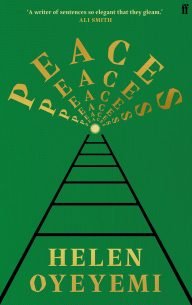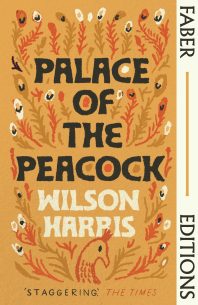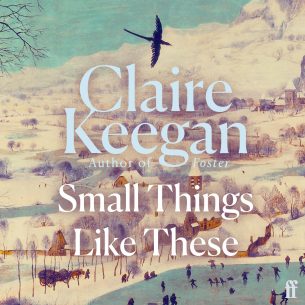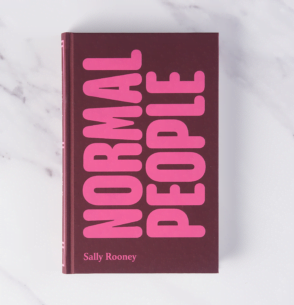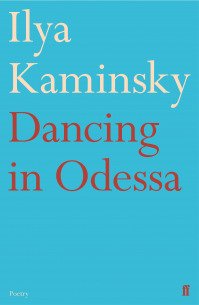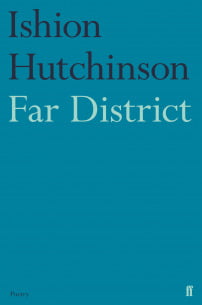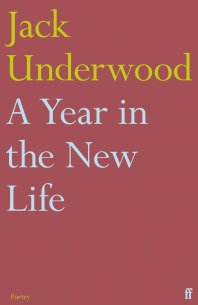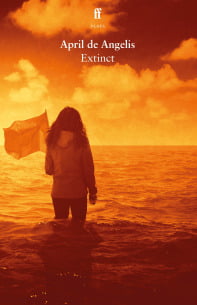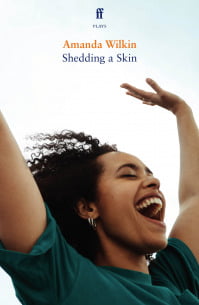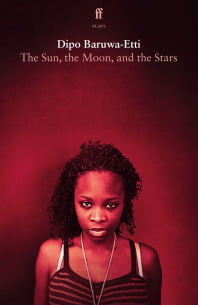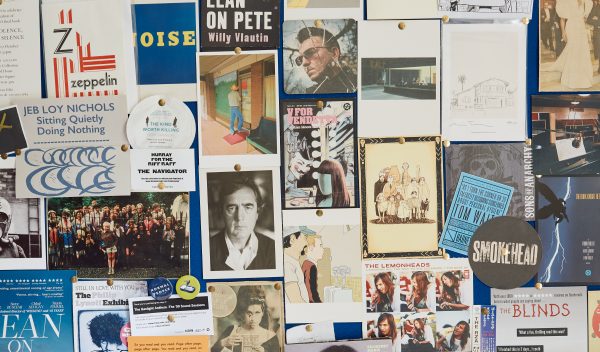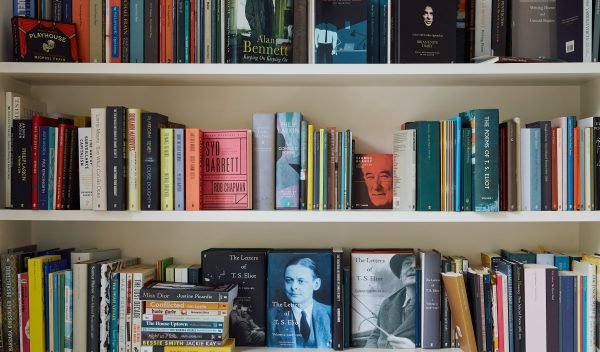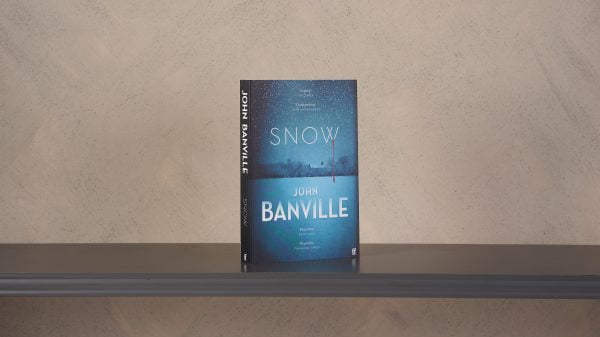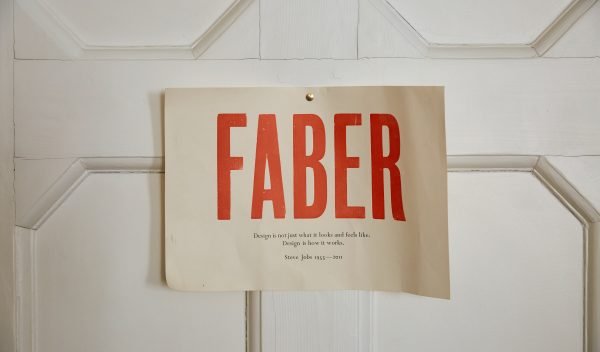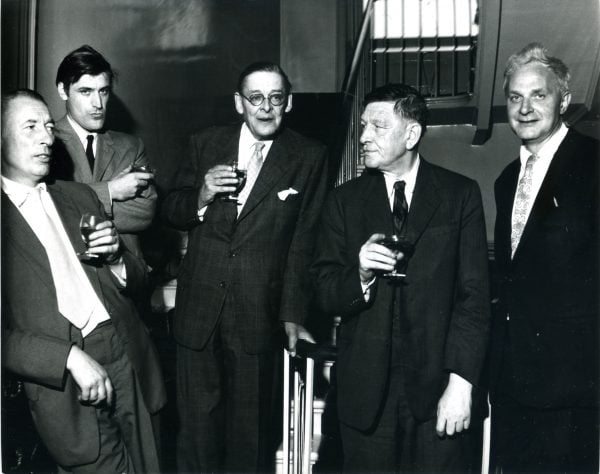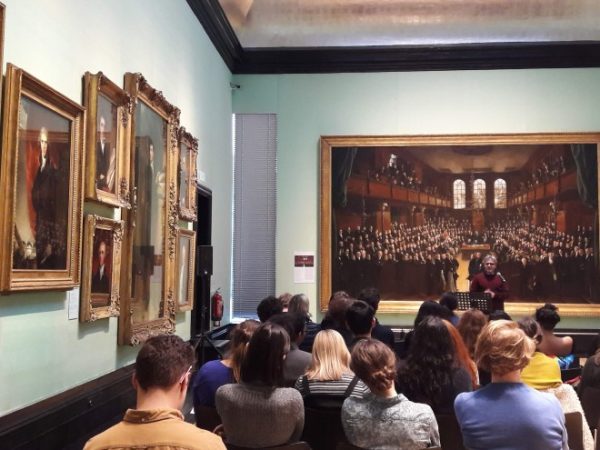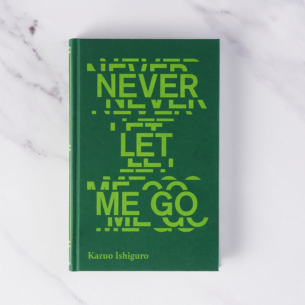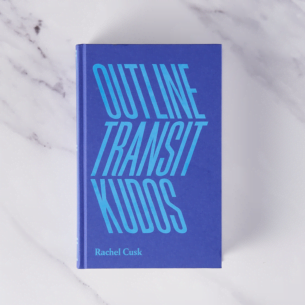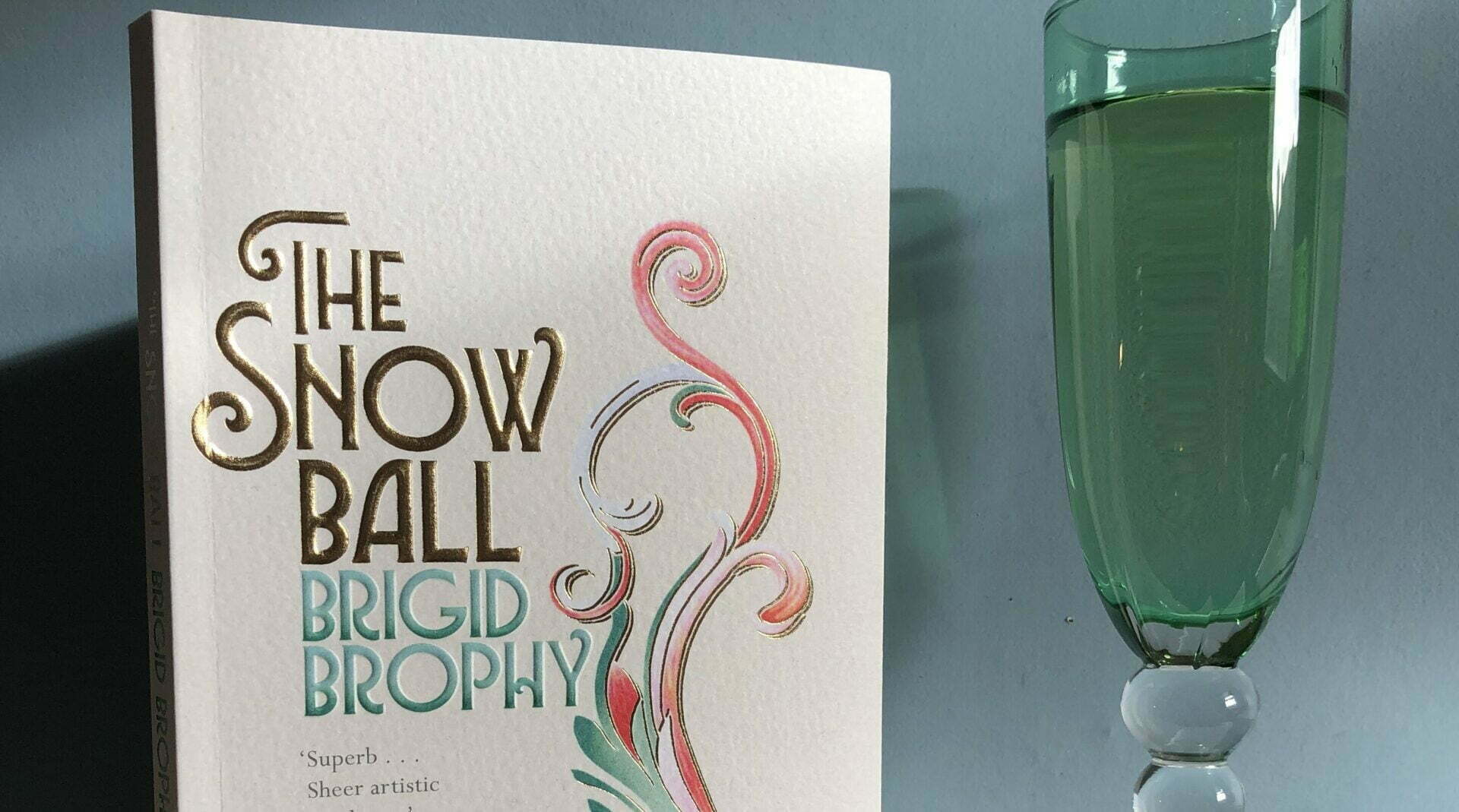
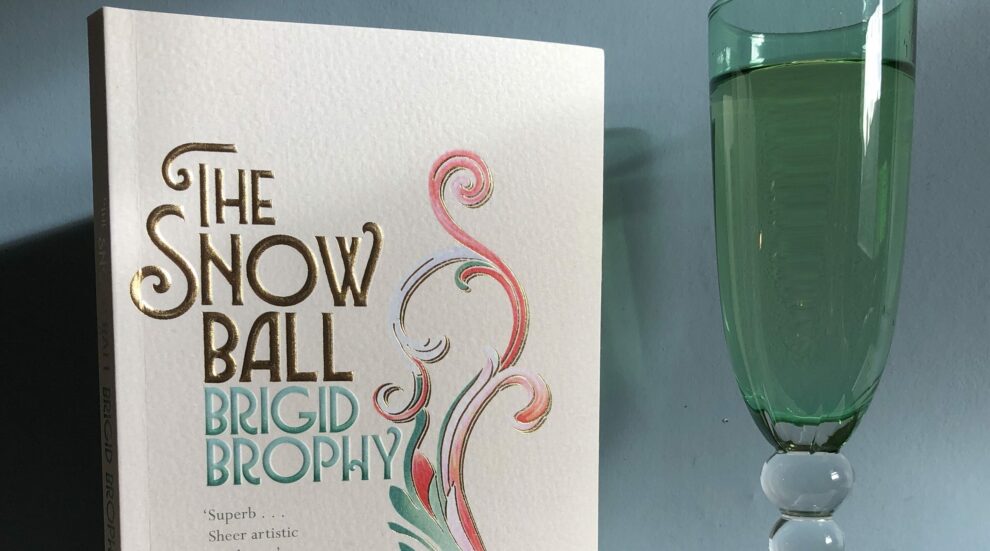
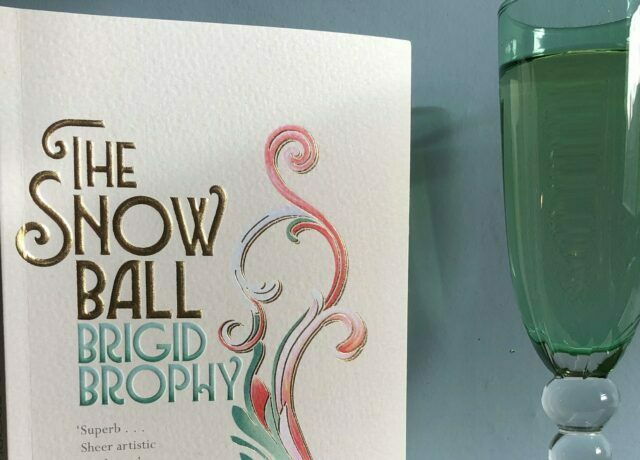
Faber Book Club 3: The Snow Ball
The Faber Book Club
Our online book club is run by Faber Members, but open to all. Each month Faber staff from across the company select key works from current releases to classic texts. We release a monthly set of suggested questions around titles selected, as well as holding events three times a year for further discussion.
The Snow Ball by Brigid Brophy
Questions by Rachel Darling, Marketing
‘So original and refreshing.’ Hilary Mantel
‘Brilliantly seductive . . . A witty, sexy, sophisticated treat.’ Sarah Waters
‘Superb . . . Sheer artistic insolence.’ Iris Murdoch
‘I read it in one sitting . . . Wonderful!’ Claire-Louise Bennett
‘A feminist remodelling of libertine fervour and passion.’ Eley Williams
Suggested Questions on The Snow Ball:
- What are the novel’s central themes and which of them has changed the most since 1964 when The Snow Ball was originally published? Do you think it’s still radical and if so how?
- What do you think the scene in the white room represents?
- The masquerade or costume ball is a popular trope in literature – how does Brophy subvert and play with ideas of concealing and revealing and what does the New Year’s Eve setting add?
- There are three central female characters – Anne, Anna K and Ruth – what do you think they each symbolise?
- Brigid Brophy had a lifelong obsession with Mozart – is a prior knowledge of Don Giovanni necessary to fully appreciate the novel?
- What do you think happens to Anna K after the novel ends and does she see ‘Don Giovanni’ again?
Bonus Question: Eggs – especially the man who looks like a boiled egg! – are a recurring motif in the novel – what do you the author intended by this and how does it sit with the themes of the book?
